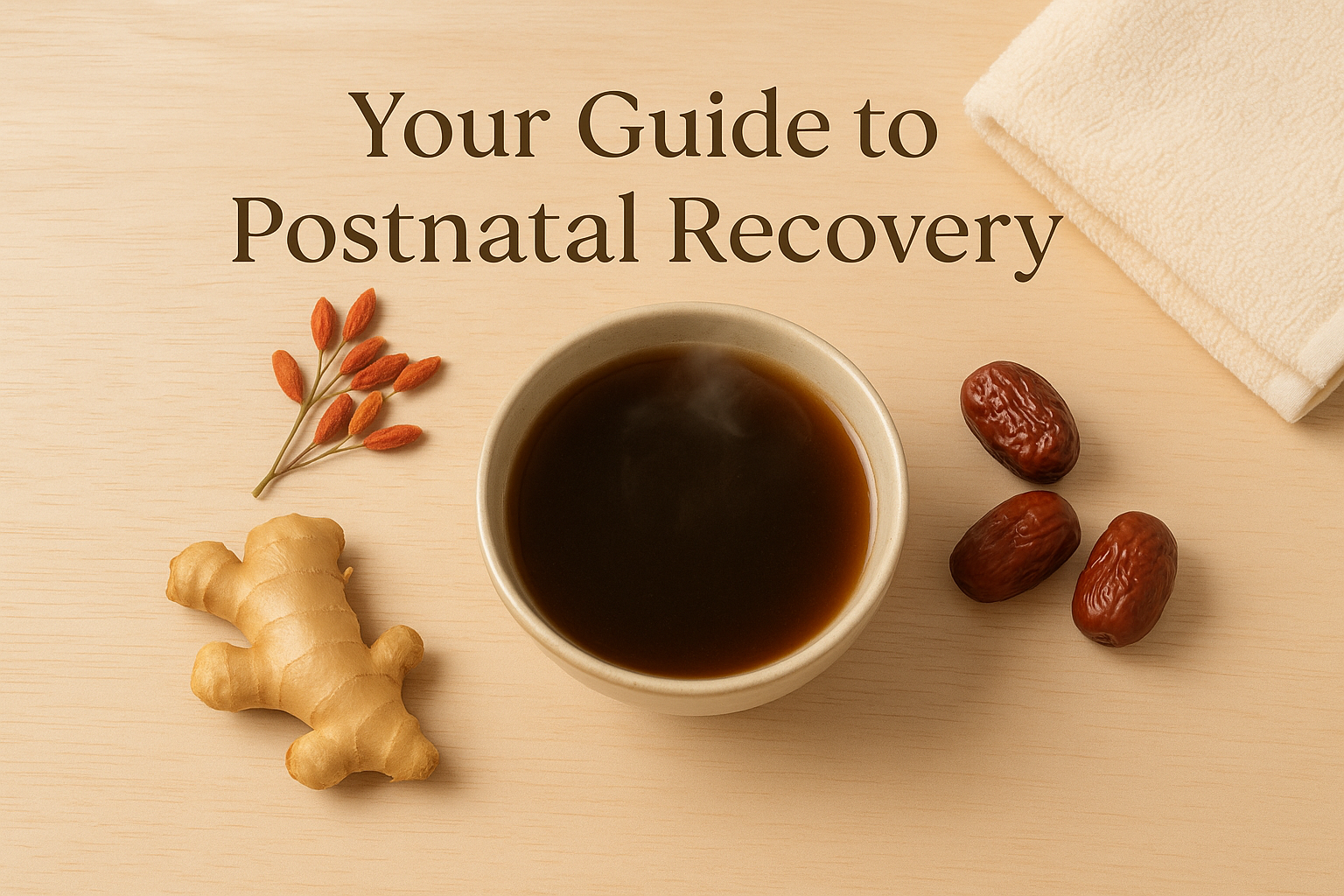How to Speed Up Postnatal Recovery: The Ultimate Diet & Lifestyle Guide

The journey of childbirth is monumental, and the period that follows, known as the postnatal or postpartum stage, is a critical time for healing and adjustment. Proper care during this phase is essential for a new mother’s long-term health. A focused approach combining diet, lifestyle changes, and targeted support like a post-natal massage Singapore residents trust, can significantly enhance your postnatal recovery.
This guide provides actionable steps to help you navigate your recovery. It covers everything from nutrition and physical care to emotional well-being and professional support, ensuring you feel your best as you embrace motherhood.
Understanding the Postnatal Recovery Timeline
Every mother’s recovery journey is unique, but understanding the general timeline can help you set realistic expectations for your body as it heals and regains its strength.
The First 6-8 Weeks: What to Expect Physically
The initial 6 to 8 weeks are considered the most intensive recovery phase. Your body works hard to heal from delivery, manage hormonal shifts, and produce milk. You can expect uterine contractions (afterpains), vaginal discharge (lochia), and general soreness.
Beyond 2 Months: The Path to Full Recovery
While you will feel much better after the first few months, full recovery can take six months to a year. This extended period involves rebuilding strength in your core and pelvic floor, rebalancing hormones, and adjusting emotionally to your new life.
Key Differences: Vaginal Birth vs. C-Section Healing
Recovery from a vaginal birth often focuses on perineal healing, which can take 3 to 6 weeks. For mothers who have had a caesarean, the focus is on the incision wound. A C-section recovery requires careful management to prevent infection and typically involves a 4 to 6-week period of avoiding strenuous activity.
The Cornerstone of Healing: A Nutrient-Dense Postnatal Diet
Nutrition is the fuel for your recovery. A well-balanced diet helps repair tissues, boost energy levels, and support lactation. Many new mothers find that following a confinement diet plan simplifies this process.
Foods to Eat for Faster Tissue Repair and Energy
- Lean Proteins: Salmon, chicken, and black chicken soup help repair tissues.
- Warming Foods: Ginger and turmeric have anti-inflammatory properties.
- Complex Carbs: Brown rice and oats provide sustained energy.
- Greens & Legumes: Leafy greens and lentils are packed with essential vitamins and iron.
Essential Hydration: Why Water and Herbal Teas Are Crucial
Staying hydrated is vital for recovery, energy levels, and milk supply. Aim to drink plenty of water throughout the day. Many mothers also benefit from traditional herbal soups or red dates tea, which is believed to replenish blood and improve circulation.
Foods to Limit or Avoid During Your Recovery
What you avoid is just as important as what you eat. Try to limit foods that can hinder the healing process.
- “Cold” Foods: In Traditional Chinese Medicine, cold drinks and raw foods are thought to slow recovery.
- Processed Items: These are often high in salt and preservatives, which can cause inflammation.
- Caffeine & Alcohol: It is best to avoid these while your body is healing and if you are breastfeeding.
Sample One-Day Postnatal Meal Plan
- Breakfast: Oatmeal with almonds and berries
- Lunch: Grilled Salmon with steamed broccoli & brown rice
- Dinner: Black Chicken Herbal Soup with vegetables
- Snack: A handful of walnuts or a hard-boiled egg
- Drink: Warm Red Dates Tea
Essential Lifestyle & Physical Care for a Smoother Recovery
How you care for your body daily greatly affects your recovery speed. Simple practices can prevent complications and improve your overall well-being.
The Importance of Rest (and How to Actually Get It)
Rest is not a luxury; it’s a necessity. Aim to sleep when your baby sleeps and accept help from your partner or family where possible. Prioritising rest is crucial for healing and energy levels.
Gentle Movement: When and How to Start Exercising
Once your doctor gives you the green light, start with gentle walks to improve circulation and mood. You can also begin Kegel exercises soon after birth to help restore your pelvic floor muscles. Avoid strenuous activity until your healthcare provider fully clears you.
Prioritising Your Mental and Emotional Well-being
The “baby blues” are common, affecting up to 80% of new mothers. It’s important to acknowledge these feelings of sadness or anxiety. Lean on your support system and seek emotional support when needed. If these feelings persist beyond two weeks, speak with your doctor.
The Role of Postnatal Massage in Recovery
A professional massage can be an excellent tool for postnatal recovery. It helps relieve muscle tension, improve circulation, and reduce stress hormones. Many women seek the best postnatal massage Singapore offers to aid their healing.
The convenience of a post natal massage home service means you can receive this beneficial treatment without leaving the comfort of your house, making it easier to fit into a new parent’s demanding schedule.
Frequently Asked Questions
How soon can I start a postnatal massage?
It is generally safe to start a postnatal massage any time after 5 days from the delivery date. For caesarean delivery, you may commence any time after 21 days from the delivery date.
Is it normal to feel sad after childbirth?
Yes, experiencing the “baby blues” is very common. However, if symptoms of sadness and anxiety are severe or last longer than two weeks, you may be experiencing postpartum depression and should seek professional help.
What are the best exercises to start with postpartum?
Gentle walking and pelvic floor exercises (Kegels) are excellent starting points. These low-impact activities help you regain strength without straining your recovering body.






